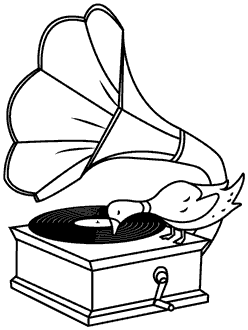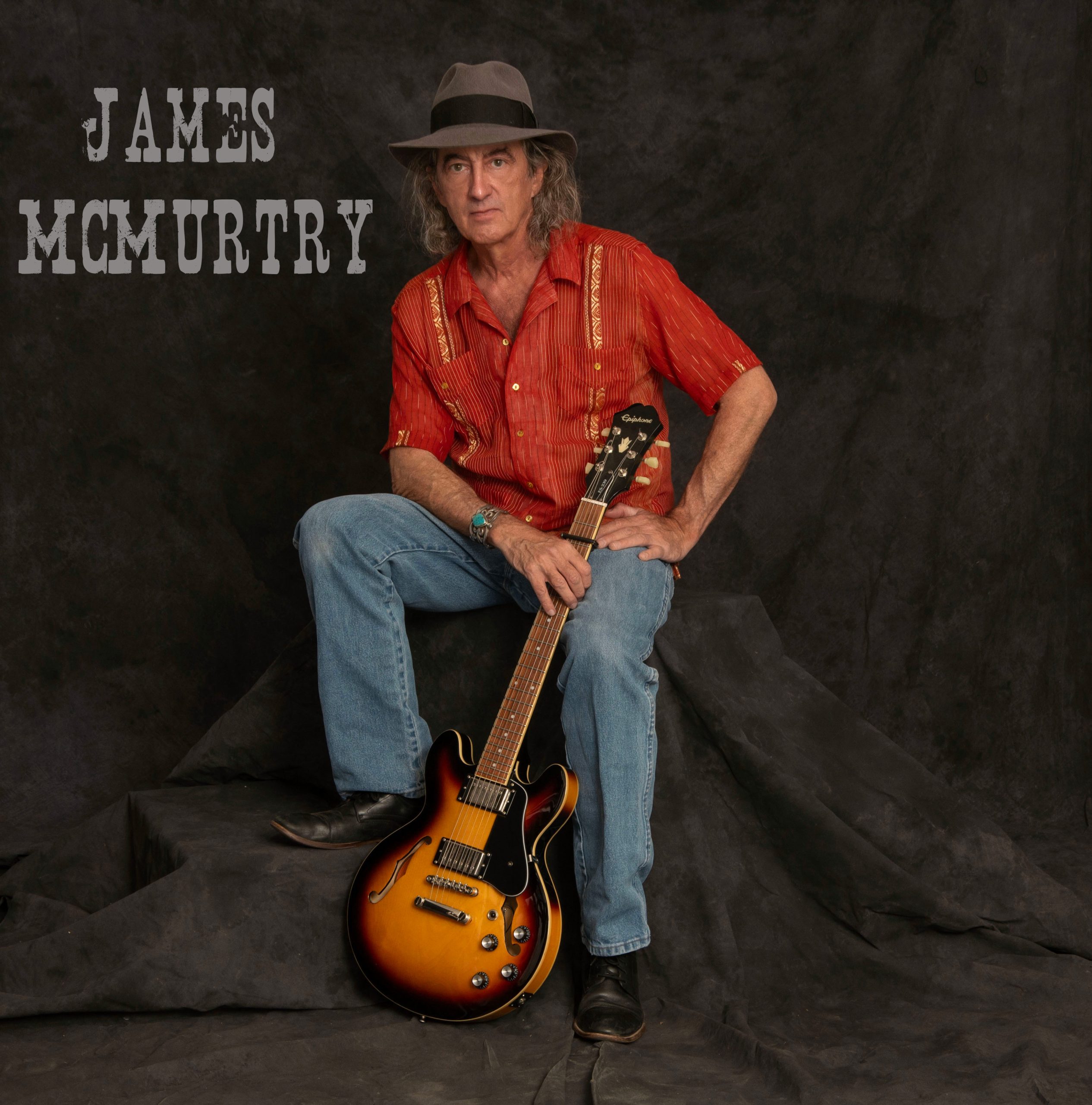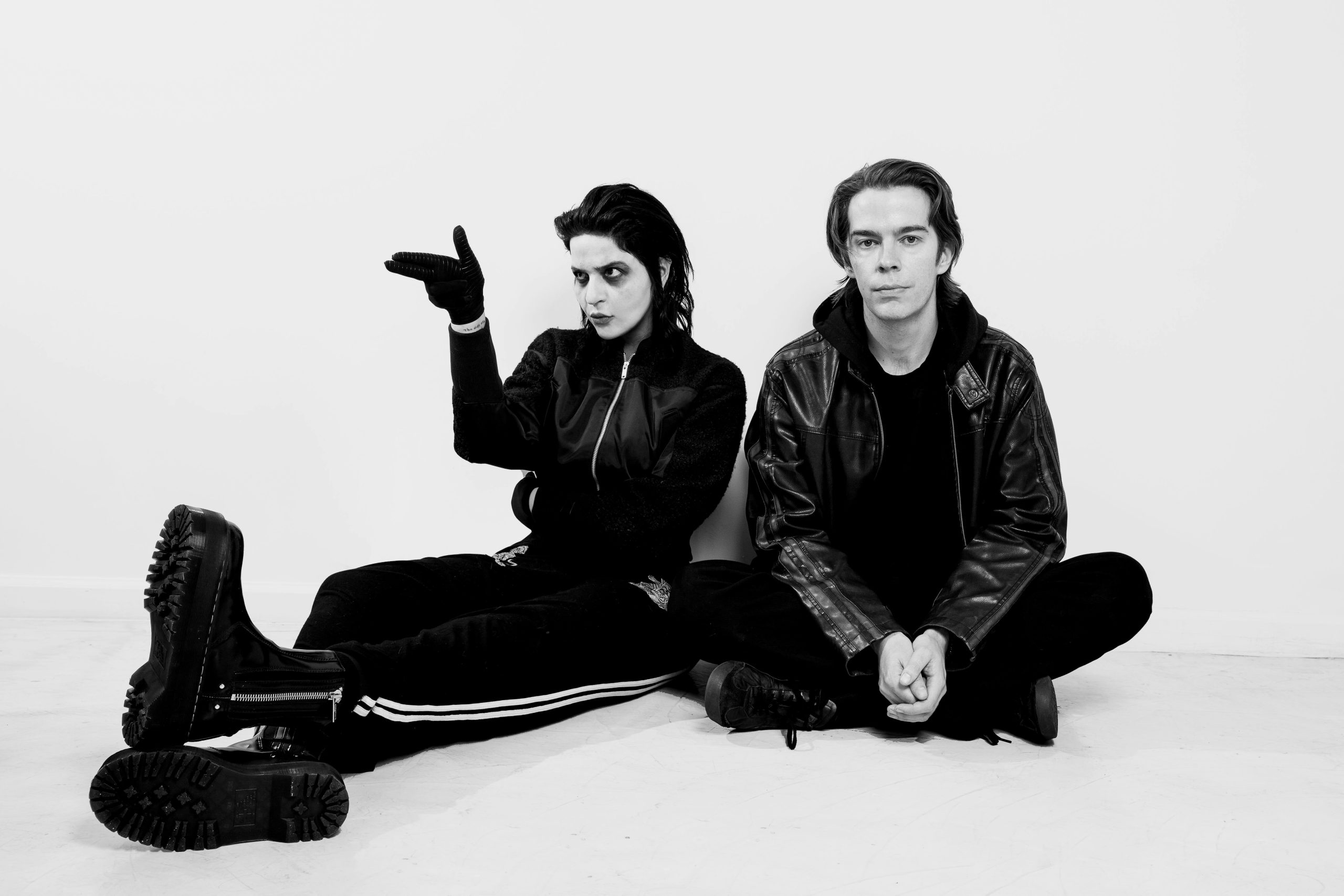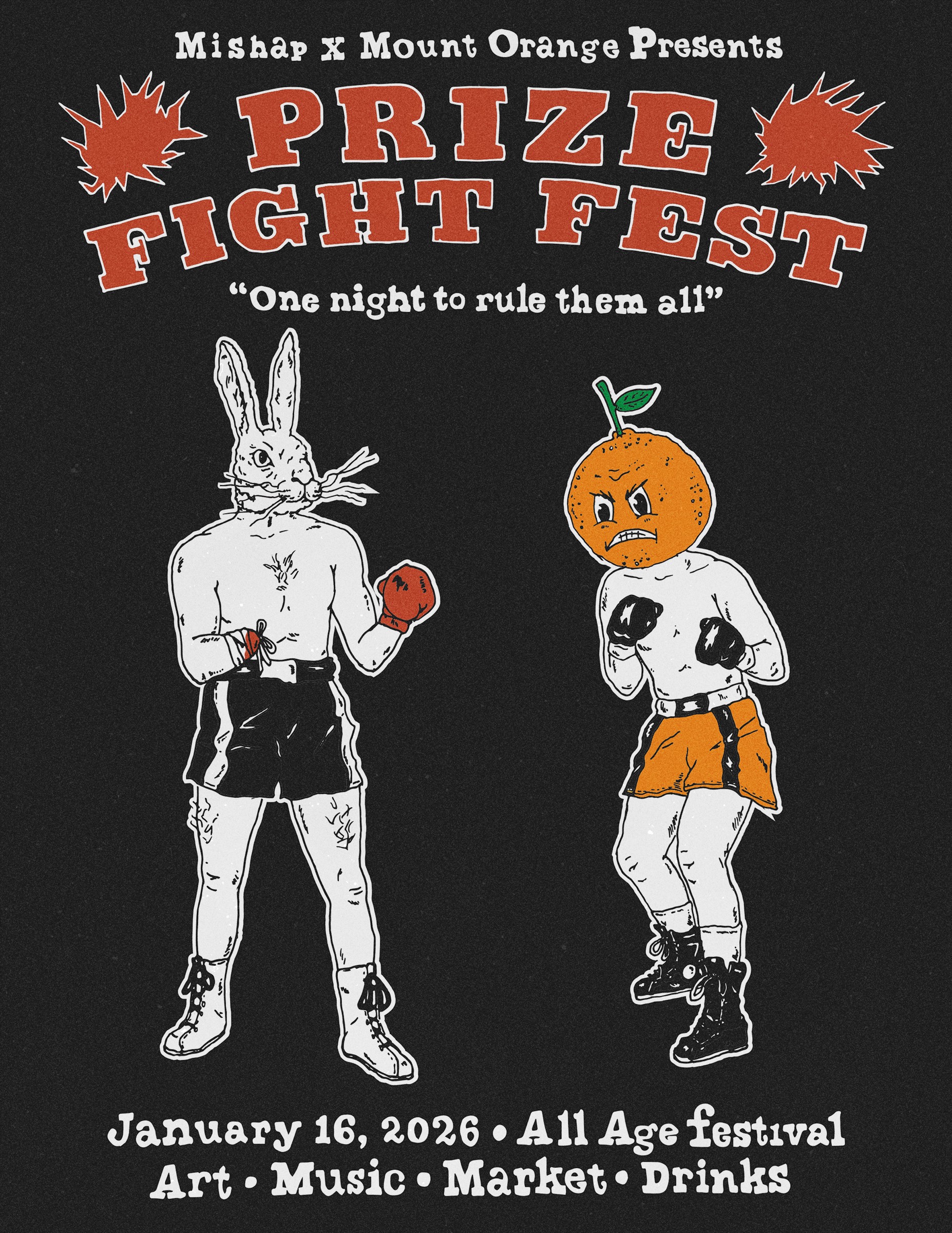
A Lone Star sheriff hunts quail on horseback and keeps a secret second family. A
mechanic lies among the spare parts on the floor of his garage and wonders if he can
afford to keep his girlfriend. A troubled man sees hallucinations of a black dog and a
wandering boy and hums “Weird Al” songs in his head. These are some of the strange
and richly drawn characters who inhabit James McMurtry’s eleventh album, The Black
Dog & the Wandering Boy. A supremely insightful and inventive storyteller, he teases
vivid worlds out of small details, setting them to arrangements that have the elements of
Americana—rolling guitars, barroom harmonies, traces of banjo and harmonica—but
sound too sly and smart for such a general category. Funny and sad often in the same
breath, the album adds a new chapter to a long career that has enjoyed a resurgence as
young songwriters like Sarah Jarosz and Jason Isbell cite him as a formative influence.
As varied as they are, these new story-songs find inspiration in scraps from his family’s
past: a stray sketch, an old poem by a family friend, the hallucinations experienced by
his father, the writer Larry McMurtry. “It’s something I do all the time,” he says, “but
usually I draw from my own scraps.” As any good writer will do, McMurtry collects little
ideas and hangs on to them for years, sometimes even decades. “South Texas Lawman”
grew out of a line from a poem by a friend of the McMurtry clan, T.D. Hobart. Driven by
gravelly guitars and a loose rhythm section, it’s a careful study of a man whose feelings
of obsolescence motivate him to take drastic action in the final verse. “Dwight’d stay at
our house way back in the ‘70s, when we lived in Virginia. During one visit he wrote this
poem about his father’s attitude toward South Texas. He wrote it down on cardboard,
and I came across it recently. There was a line about hunting quail on horseback, and
that was the seed of the song. I’ve lost the poem since then.”
The rumbling title track, a kind of squirrelly blues, features two mysterious figures who
appear only to those slipping from reality, yet it’s never grim nor especially despairing.
Instead, McMurtry namechecks a “Weird Al” deep cut and depicts a tortured soul who
doesn’t have to work a nine-to-five. He finds a defiant humor in the situation at odds
with the gravity of the source material. “The title of the album and that song comes from
my stepmother, Faye. After my dad passed, she asked me if he ever talked to me about
his hallucinations. He’d gone into dementia for a while before he died, but hadn’t
mentioned to me anything about seeing things. She told me his favorite hallucinations
were the black dog and the wandering boy. I took them and applied them to a fictional
character.”
Soon McMurtry had enough of these songs for a new record. “It happened like all my
records happened. It’d been too long since I’d had a record that the press could write
about and get people to come out to my shows. It was time.” What was different this
time was the presence of his old friend Don Dixon, who produced McMurtry’s third
album, Where You’d Hide the Body?, back in 1995. “A couple of years ago I quit
producing myself. I felt like I was repeating myself methodologically and stylistically. I
needed to go back to producer school, so I brought in CC Adcock for Complicated Game,
and then Ross Hogarth did The Horses & the Hounds. It seemed natural to revisit Mr.
Dixon’s homeroom. I wanted to learn some of what he’s learned over the last thirty
years.” During sessions at Wire Recording in Austin, McMurtry observed firsthand
Dixon’s grasp of digital recording technology as well as his instinctual approach to
tracking. “What Don’s really good at is being able to sense when it’s happening. He can
hear when it’s going down. If I’m producing myself and I don’t have him, I have to do
three takes and then go in and listen to them. Listening to those three takes can take
about 15 minutes. So Dixon’s ability to know when it’s happening is crucial, because it
can cut 15 minutes out of the day. That can really save a session, because you only have
so many hours in the day and only so much energy.
Working with McMurtry’s trusted backing band—Cornbread on bass, Tim Holt on
guitar, Daren Hess on drums, BettySoo on backing vocals—they worked to create
something that sounds spontaneous, as though he’s writing the songs as you hear them.
They were open to odd experiments, weird whims, and happy accidents, such as the
cover of Jon Dee Graham’s “Laredo” that opens the album. It’s an opioid blues:
testimony from a part-time junkie losing a weekend to dope. “We were playing a benefit
for Jon Dee at the Hole in the Wall there in Austin, and we thought it’d be good if we
played one of his songs. We rehearsed the song in the studio, and it sounded good. The
drums were ready. We’d already got the sounds up. Might as well record it.”
“Laredo” is one of a pair of covers that bookend The Black Dog & the Wandering Boy,
the other being Kris Kristofferson’s “Broken Freedom Song.” “I did that one a few weeks
after our initial sessions. It was just me and BettySoo, then we added drums and bass
later on. Kris had just passed not too long before we recorded it. I guess that’s why I was
thinking about him.” Like Hobart’s poem, it’s a bit of inspiration excavated from deep
within his own life. “Kris was one of my major influences as a child. He was the first
person that I recognized as a songwriter. I hadn’t really thought about where songs
came from, but I started listening to Kristofferson as a songwriter and thinking, How do
you do this? He was actually the second concert I saw. I was nine. He and the band were
having such a good time, and that really solidified for me that this was what I wanted to
do with my life.”
Once the album was mixed, mastered, and sequenced, McMurtry recalled a rough pencil
sketch he had found a few years earlier in his father’s effects. It seemed like it might
make a good cover. “I knew it was of me, but I didn’t realize who drew it. I asked my
mom and my stepdad, and finally I asked my stepmom, Faye, who said it looked like
Ken Kesey’s work back in the ‘60s. She was married to Ken for forty years.” The Merry
Prankster’s—Kesey’s roving band of hippie activists and creators—stopped by often to
visit Larry McMurtry and his family. “I don’t remember their first visit, the one
documented in Tom Wolfe’s Electric Kool-Aid Acid Test. I was too young, but I do
remember a couple of Ken’s visits. I guess he drew it on one of those later stops. I
remembered it and thought it would be the perfect art, but I had to go back through the
storage locker. It’s a miracle that I found it again.”
It's a fitting image for an album that scavenges personal history for inspiration. Even the
songwriter himself doesn’t always know what will happen or where the songs will take
him. “You follow the words where they lead. If you can get a character, maybe you can
get a story. If you can set it to a verse-chorus structure, maybe you can get a song. A
song can come from anywhere, but the main inspiration is fear. Specifically, fear of
irrelevance. If you don’t have songs, you don’t have a record. If you don’t have a record,
you don’t have a tour. You gotta keep putting out work.”
PAST SHOWS
James McMurtry
BettySoo
James McMurtry
BettySoo
James McMurtry
Tylor Ketchum
SIMILAR ARTISTS







